Common Side Effects in FIP Treatment and Management
Recognizing Adverse Reactions Early
Cats all across the globe are susceptible to the fatal illness known as Feline Infectious Peritonitis (FIP). It is important for both feline owners and vets to be aware of the possible adverse effects of FIP therapies as new choices become available. This all-inclusive guide delves into the typical side effects of GS-441524 FIP treatment, with an emphasis on how to spot negative responses, finding a balance between treatment effectiveness and side effects, and natural therapies for alleviating symptoms.
|
|
|
Recognizing Adverse Reactions Early
Early detection of side effects is paramount in ensuring the safety and comfort of cats undergoing FIP treatment. By closely monitoring your feline companion, you can identify and address potential issues promptly.
Common Side Effects to Watch For
- Gastrointestinal disturbances (nausea, vomiting, diarrhea)
- Lethargy or decreased activity
- Loss of appetite
- Skin irritation or rashes
- Changes in urination patterns
Monitoring Techniques
Implementing a structured monitoring system can help track your cat's progress and identify any concerning symptoms:
- Daily weight checks
- Food and water intake logs
- Behavior and activity level observations
- Regular temperature checks
When to Seek Veterinary Attention
While some mild side effects are expected, certain symptoms warrant immediate veterinary consultation:
- Persistent vomiting or diarrhea
- Severe lethargy or unresponsiveness
- Difficulty breathing
- Seizures or neurological symptoms
- Prolonged loss of appetite
Balancing Efficacy and Side Effects
Achieving the right balance between treatment efficacy and minimizing side effects is crucial for successful FIP management. This delicate equilibrium often requires careful adjustment and close collaboration with your veterinarian.
Tailoring Treatment Protocols
Every cat is unique, and treatment protocols should be tailored to individual needs. Factors to consider include:
- Age and overall health status
- Severity of FIP symptoms
- Presence of comorbidities
- Response to initial treatment
Dose Adjustments
Fine-tuning medication dosages can help mitigate side effects while maintaining therapeutic benefits. This may involve:
- Gradual dose escalation
- Temporary dose reduction
- Altered administration schedules
Combination Therapies
In some cases, combining different treatment modalities can enhance efficacy while reducing the risk of side effects. Options may include:
- Antiviral medications
- Immunomodulators
- Supportive care measures
Regular Assessment and Adjustment
Ongoing evaluation of treatment response and side effect profiles is essential. This may involve:
- Regular blood work and diagnostic imaging
- Quality of life assessments
- Periodic treatment plan reviews
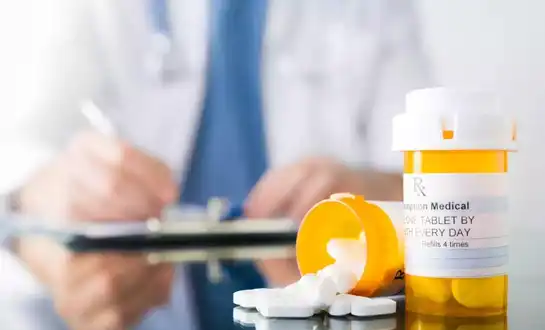 |
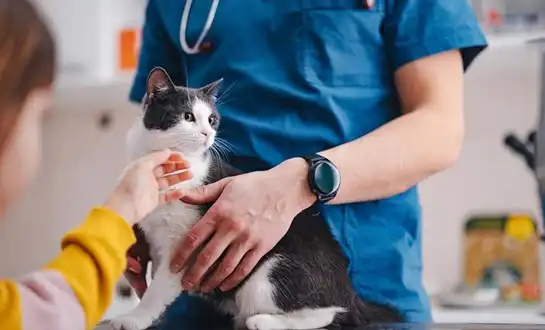 |
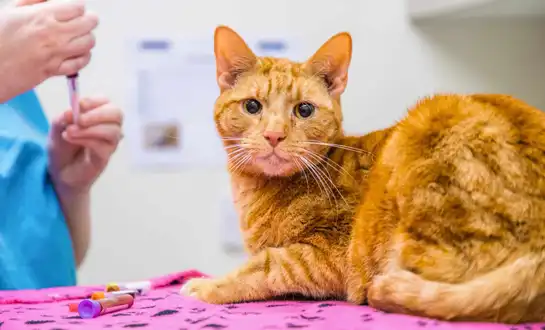 |
Natural Remedies for Symptom Relief
While conventional treatments form the cornerstone of FIP management, natural remedies can play a supportive role in alleviating side effects and enhancing overall well-being.
Dietary Modifications
Nutrition plays a crucial role in supporting cats undergoing FIP treatment. Consider the following dietary adjustments:
- High-quality, easily digestible protein sources
- Increased caloric density to combat weight loss
- Omega-3 fatty acid supplementation for anti-inflammatory effects
- Small, frequent meals to encourage appetite
Herbal Supplements
Certain herbs may offer beneficial effects in managing FIP-related symptoms:
- Milk thistle for liver support
- Slippery elm bark for gastrointestinal comfort
- Echinacea for immune system modulation
Always consult with your veterinarian before introducing any herbal supplements, as they may interact with ongoing treatments.
Environmental Enrichment
Creating a stress-free environment can contribute to your cat's overall well-being during treatment:
- Provide quiet, comfortable resting areas
- Offer interactive toys for mental stimulation
- Maintain a consistent daily routine
- Use pheromone diffusers to promote relaxation
Complementary Therapies
Some cat owners find value in complementary therapies to support their pets during FIP treatment:
- Gentle massage for relaxation and circulation
- Acupuncture for pain management and immune support
- Low-level laser therapy for tissue healing
It's important to note that these therapies should be used in conjunction with, not as a replacement for, conventional FIP treatments.
Conclusion
Managing the side effects of FIP treatment requires vigilance, adaptability, and a holistic approach to feline care. By recognizing adverse reactions early, balancing treatment efficacy with side effect management, and incorporating natural remedies where appropriate, cat owners can optimize their pets' comfort and quality of life during the challenging journey of FIP treatment.
Remember that each cat's experience with FIP and its treatment is unique. Maintaining open communication with your veterinarian and staying informed about the latest developments in FIP management are key to providing the best possible care for your feline companion.
As research into FIP treatment continues to evolve, including promising options like the GS-441524 pill, it's crucial to stay informed about potential side effects and management strategies. By working closely with veterinary professionals and remaining attentive to your cat's needs, you can navigate the complexities of FIP treatment with confidence and compassion.
|
|
|
FAQ
1. Q: How long do side effects typically last during FIP treatment?
A: The duration of side effects can vary significantly depending on the individual cat and the specific treatment protocol. Some side effects may be transient, lasting only a few days, while others may persist throughout the course of treatment. Regular monitoring and communication with your veterinarian can help manage and mitigate these effects.
2. Q: Can side effects be a sign that the treatment is working?
A: While side effects are not necessarily indicative of treatment efficacy, some mild side effects may be expected as the body responds to the medication. However, severe or persistent side effects should always be reported to your veterinarian, as they may require adjustments to the treatment plan.
3. Q: Are there any long-term side effects associated with FIP treatment?
A: Long-term side effects of FIP treatment are still being studied, as many of the current treatment options are relatively new. Some cats may experience lingering effects on organ function, particularly the liver and kidneys. Regular follow-up care and monitoring are essential to identify and address any potential long-term complications.
Discover the Advantage of Premium FIP Treatment Solutions
We at BLOOM TECH know how difficult it is for both cat owners and vets to deal with FIP. Superior FIP treatment alternatives, such as the very successful GS-441524 pill, have been developed as a result of our dedication to quality and exploration. To guarantee the highest level of effectiveness and safety for your feline patients, our medications are made using rigorous quality control techniques.
Experience the BLOOM TECH difference in FIP management. Our dedicated team of experts is ready to support you with personalized guidance and cutting-edge solutions. For more information on our products or to discuss your specific needs, please contact us at Sales@bloomtechz.com. As a trusted GS-441524 manufacturer, we're committed to advancing feline health and well-being.
References
1. Pedersen, N.C. (2019). "Feline Infectious Peritonitis: Pathophysiology and Treatment." Journal of Feline Medicine and Surgery, 21(7), 623-636.
2. Kim, Y., et al. (2020). "Efficacy and Safety of GS-441524 for Treatment of Cats with Feline Infectious Peritonitis." Journal of Veterinary Internal Medicine, 34(2), 792-802.
3. Murphy, B.G., et al. (2018). "The Nucleoside Analog GS-441524 Strongly Inhibits Feline Infectious Peritonitis (FIP) Virus in Tissue Culture and Experimental Cat Infection Studies." Veterinary Microbiology, 219, 226-233.
4. Addie, D.D. (2021). "Feline Infectious Peritonitis: Progress in Treatment and Management." Veterinary Clinics of North America: Small Animal Practice, 51(3), 677-692.

Echo
9 years of experience in chemical articles; Doctoral degree; Organic Chemistry major; R&D-4 Dept; Technology support; R&D engineer
Anticipating your Business & Technology support inquiry
Please send us the products that interest you, and we will provide you with one-on-one service
Recommended Blog
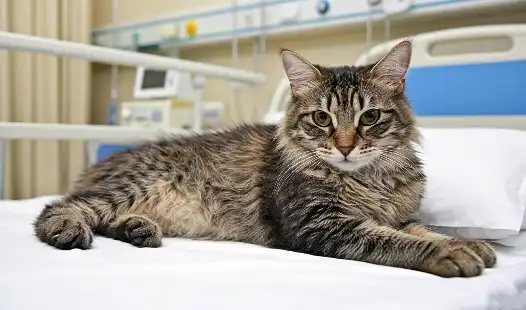
From Despair to Hope: A Cat Owner's GS-441524 Treatment Journey




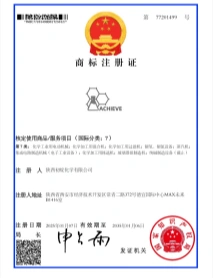

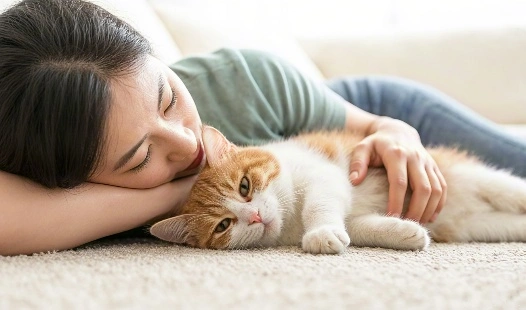
_副本_1759981443386.webp)
_副本_1760060044415.webp)
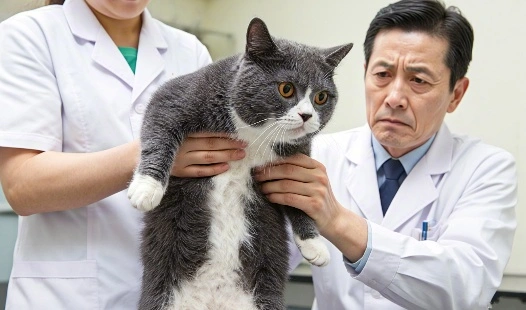
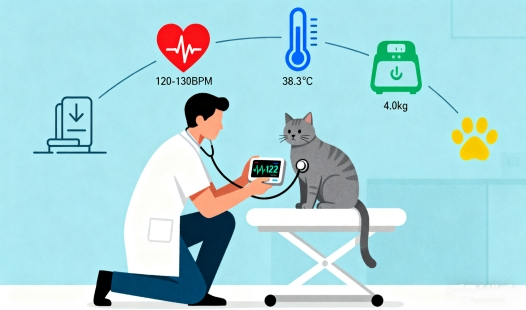
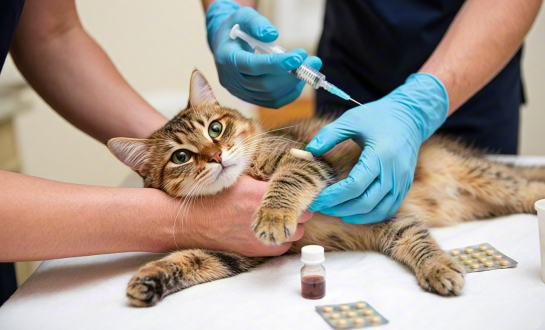
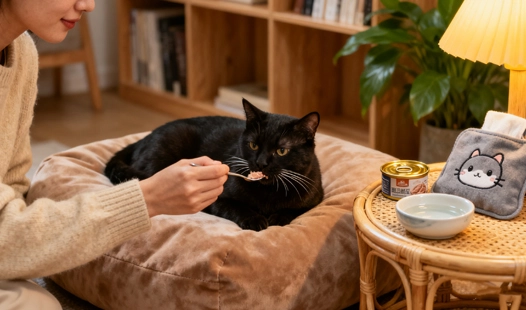
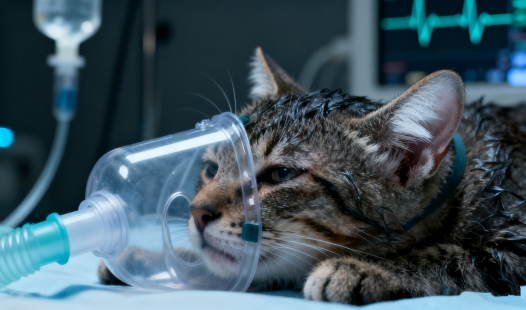
_副本_1758244779329.webp)
